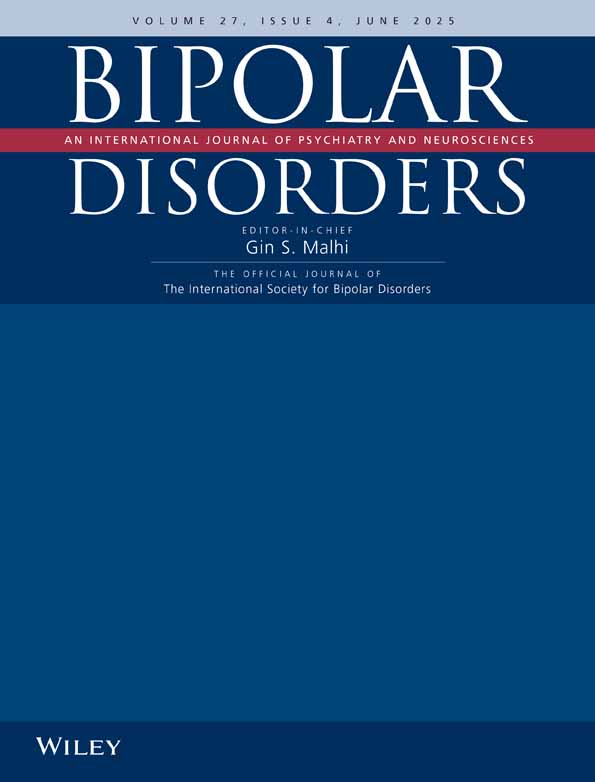Health care utilization and costs among privately insured patients with bipolar I disorder
Abstract
Objective: This study examined health care resource utilization and direct health care costs among patients diagnosed with bipolar I disorder in a privately insured population.
Methods: Health care claims data for 2883 patients with a primary diagnosis of bipolar disorder were compared over a 1-year period (1997) with claims data for 2883 randomly selected, age- and sex-matched, non-bipolar patients, all covered under the same large private insurer in USA. Resource use (i.e. original and refill pharmaceutical dispensing, medical and procedural services received, inpatient hospitalization, outpatient services, physician visits and emergency room treatment) and their costs are described overall, as well as by bipolar disorder diagnosis (based on ICD-9 codes) and type of care (i.e. mental health versus non-mental health).
Results: Bipolar patients utilized nearly three to four times the health care resources and incurred over four times greater costs per patient compared with the non-bipolar group during the 1-year period ($7663 versus $1962). Inpatient care (hospitalizations) accounted for the greatest disparity between groups, as it was the single-most costly resource in the bipolar group ($2779 versus $398). Patients with bipolar depression (among the single bipolar diagnostic categories of mixed, manic or depressed) incurred the highest health care costs. While mental health care cost was a significant component of total cost in the bipolar group, it accounted for only 22% of the total per-patient cost; in comparison, it accounted for only 6% of the total per-patient cost in the non-bipolar group.
Conclusion: Treatment of bipolar disorder, particularly inpatient care, is costly to patients and health insurers. Further study is needed to find ways to reduce the overall cost of managing these patients without jeopardizing patient care.




